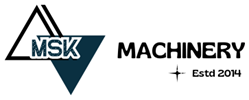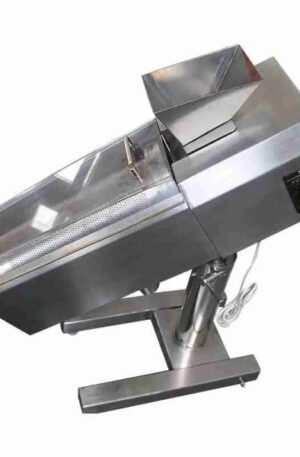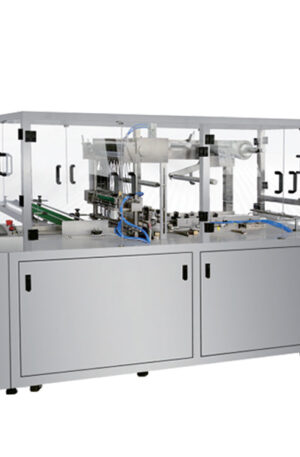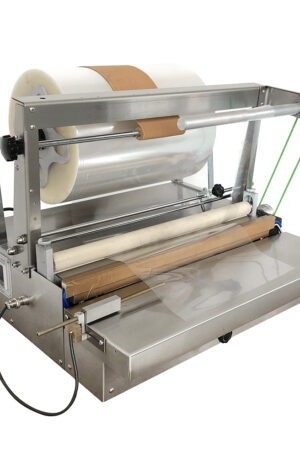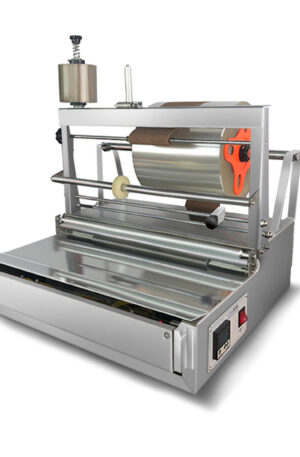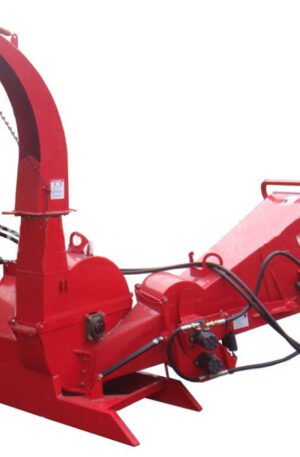Title: Revolutionizing Pharmaceutical Production: The Evolution of Pharmaceutical Machinery
In the fast-paced world of pharmaceutical manufacturing, the efficiency and precision of machinery play a critical role in the production process. With advancements in technology and innovation, pharmaceutical machinery has undergone significant evolution over the years, transforming the way medications are produced. Two key pieces of equipment that have revolutionized pharmaceutical production are table press machines and capsule filling machines.
Table press machines, also known as tablet presses, are essential for the mass production of pharmaceutical tablets. These machines work by compressing powdered ingredients into solid tablets of uniform size and weight. The evolution of table press machines has led to the development of high-speed and high-capacity models that can produce thousands of tablets per hour. The introduction of advanced features such as automatic feeding systems and real-time monitoring capabilities has further improved efficiency and accuracy in tablet production.
On the other hand, capsule filling machines are used to fill empty capsules with powdered or liquid medication. These machines eliminate the need for manual filling, increasing productivity and reducing the risk of contamination. Over the years, capsule filling machines have evolved to accommodate different types and sizes of capsules, offering pharmaceutical manufacturers greater flexibility in their production processes. The introduction of technologies such as tamping pin dosing (TPD) and tamping high-speed dosing (THDP) has enhanced the precision and speed of capsule filling, meeting the growing demands of the industry.
The evolution of pharmaceutical machinery, particularly table press machines and capsule filling machines, has brought about significant advancements in pharmaceutical production. These machines have not only improved efficiency and accuracy but have also helped pharmaceutical manufacturers meet the growing demands of the market. As technology continues to advance, the future of pharmaceutical machinery looks promising, with further innovations expected to streamline production processes and ensure the quality and safety of medications for years to come.
